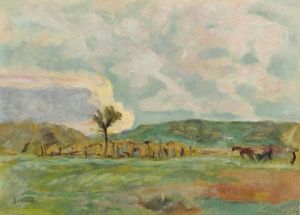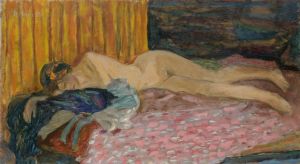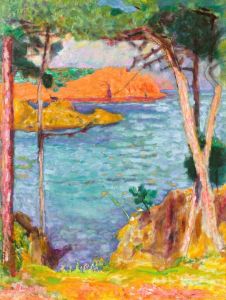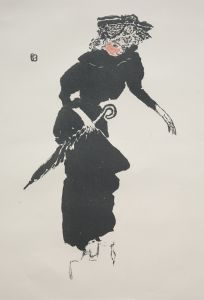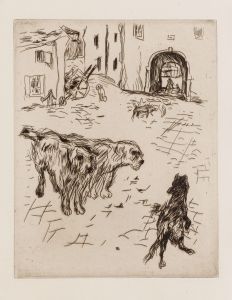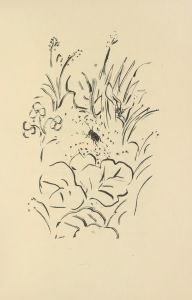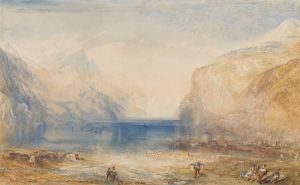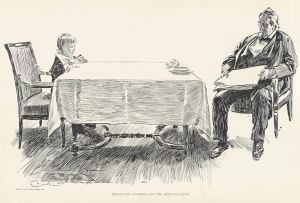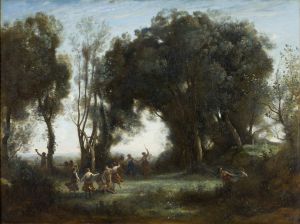
Le petit déjeuner
A hand-painted replica of Pierre Bonnard’s masterpiece Le petit déjeuner, meticulously crafted by professional artists to capture the true essence of the original. Each piece is created with museum-quality canvas and rare mineral pigments, carefully painted by experienced artists with delicate brushstrokes and rich, layered colors to perfectly recreate the texture of the original artwork. Unlike machine-printed reproductions, this hand-painted version brings the painting to life, infused with the artist’s emotions and skill in every stroke. Whether for personal collection or home decoration, it instantly elevates the artistic atmosphere of any space.
"Le petit déjeuner" (The Breakfast) is a painting by the French artist Pierre Bonnard, who was a prominent figure in the Post-Impressionist and Nabi movements. Bonnard was known for his use of vibrant color and his ability to capture the intimate, everyday moments of domestic life.
Pierre Bonnard was born on October 3, 1867, in Fontenay-aux-Roses, France, and he studied at the École des Beaux-Arts in Paris. He was a founding member of the Nabi group, which included artists like Édouard Vuillard and Maurice Denis. The Nabis were influenced by Symbolism and sought to imbue their works with spiritual and symbolic meaning, often through the use of bold colors and decorative patterns.
"Le petit déjeuner" is an exemplary work that showcases Bonnard's distinctive style. The painting depicts a quiet, intimate scene of a breakfast table, capturing the warmth and tranquility of a domestic setting. Bonnard's use of color is particularly notable; he employs a rich palette to create a sense of depth and atmosphere. The composition is carefully arranged, with attention to the interplay of light and shadow, which adds to the overall sense of calm and intimacy.
Bonnard often painted scenes from his own life, and "Le petit déjeuner" is no exception. The figures in the painting are likely based on his family members or close friends, though specific identities are not always clear. This personal connection adds a layer of emotional depth to the work, as Bonnard's affection for his subjects is evident in the careful attention to detail and the warm, inviting atmosphere he creates.
One of the hallmarks of Bonnard's work is his innovative use of perspective. In "Le petit déjeuner," he employs a somewhat flattened perspective, which draws the viewer's attention to the surface patterns and colors rather than creating a traditional sense of depth. This technique is characteristic of the Nabi movement, which sought to break away from the conventions of academic painting and explore new ways of representing the world.
Bonnard's approach to painting was also influenced by his interest in Japanese prints, which were popular in Europe during his lifetime. The influence of Japonisme can be seen in his use of bold, flat areas of color and his focus on capturing fleeting moments of everyday life. This interest in the ephemeral and the intimate is a recurring theme in Bonnard's work.
"Le petit déjeuner" is housed in a private collection, and as such, it is not as widely known as some of Bonnard's other works. However, it remains an important example of his ability to capture the beauty and serenity of domestic life. Through his masterful use of color, light, and composition, Bonnard transforms a simple breakfast scene into a work of art that resonates with warmth and intimacy.
Pierre Bonnard continued to paint and exhibit his work until his death on January 23, 1947. His legacy as a painter who captured the quiet moments of everyday life with sensitivity and skill continues to be celebrated, and "Le petit déjeuner" stands as a testament to his unique vision and artistic talent.






